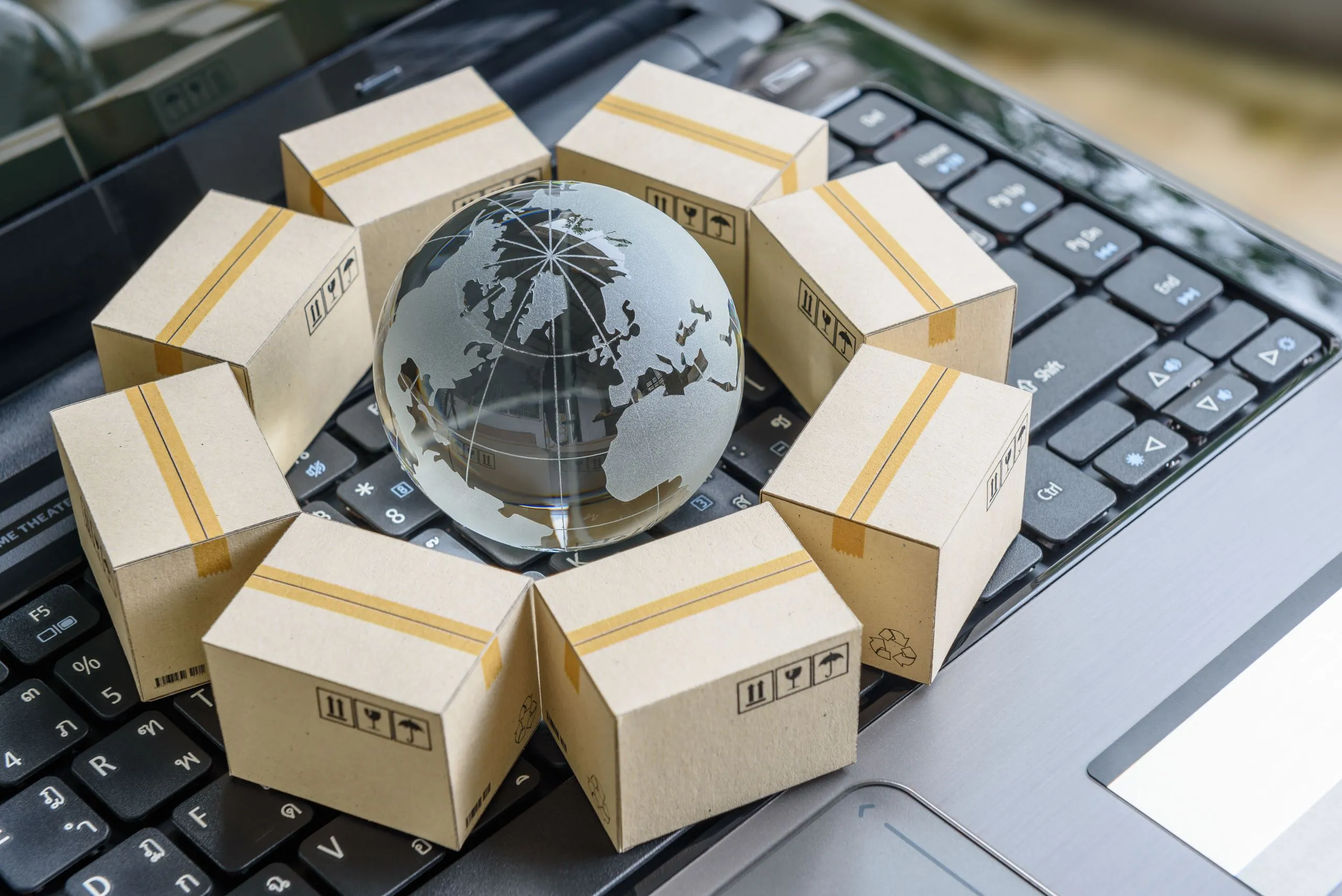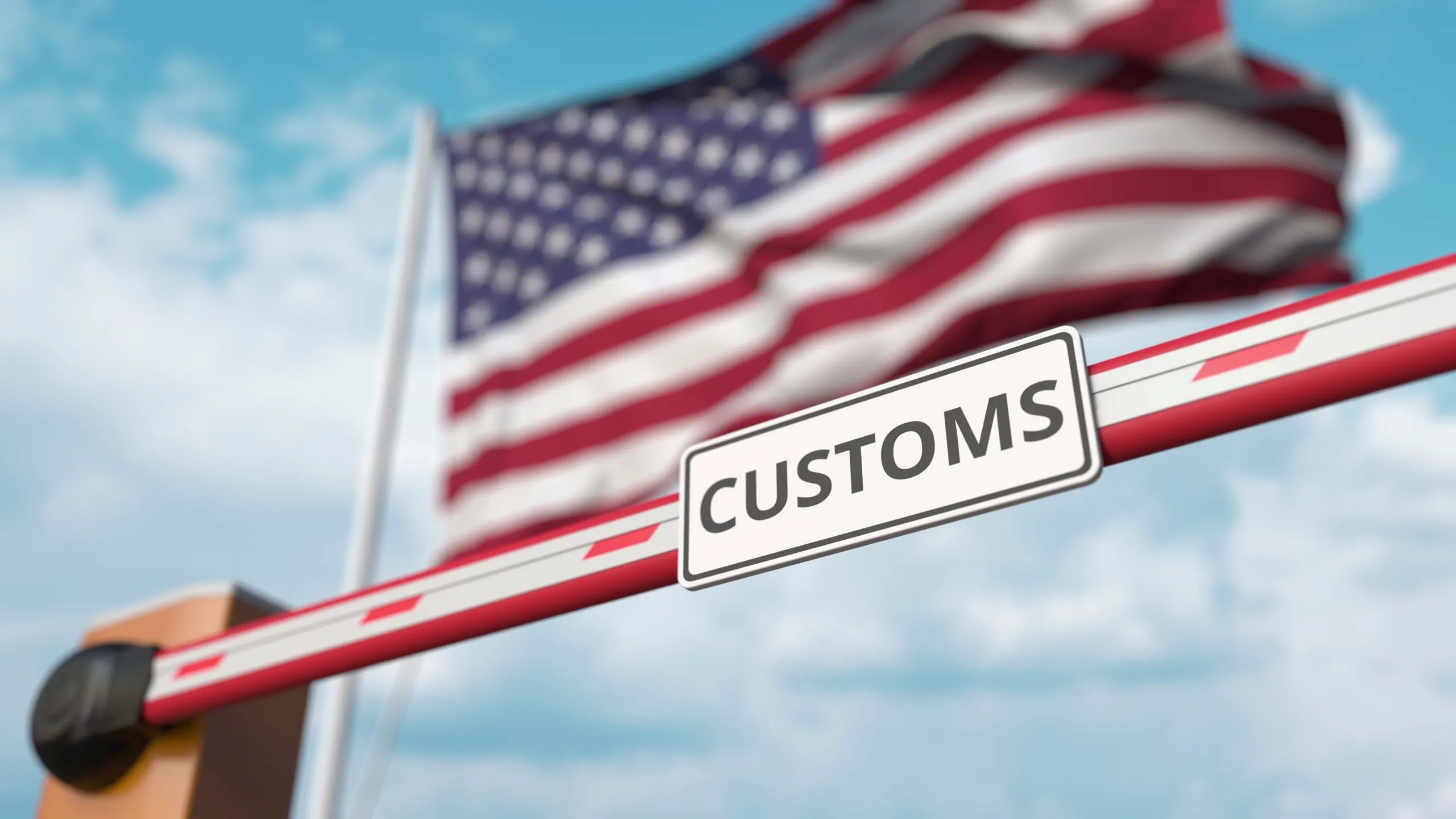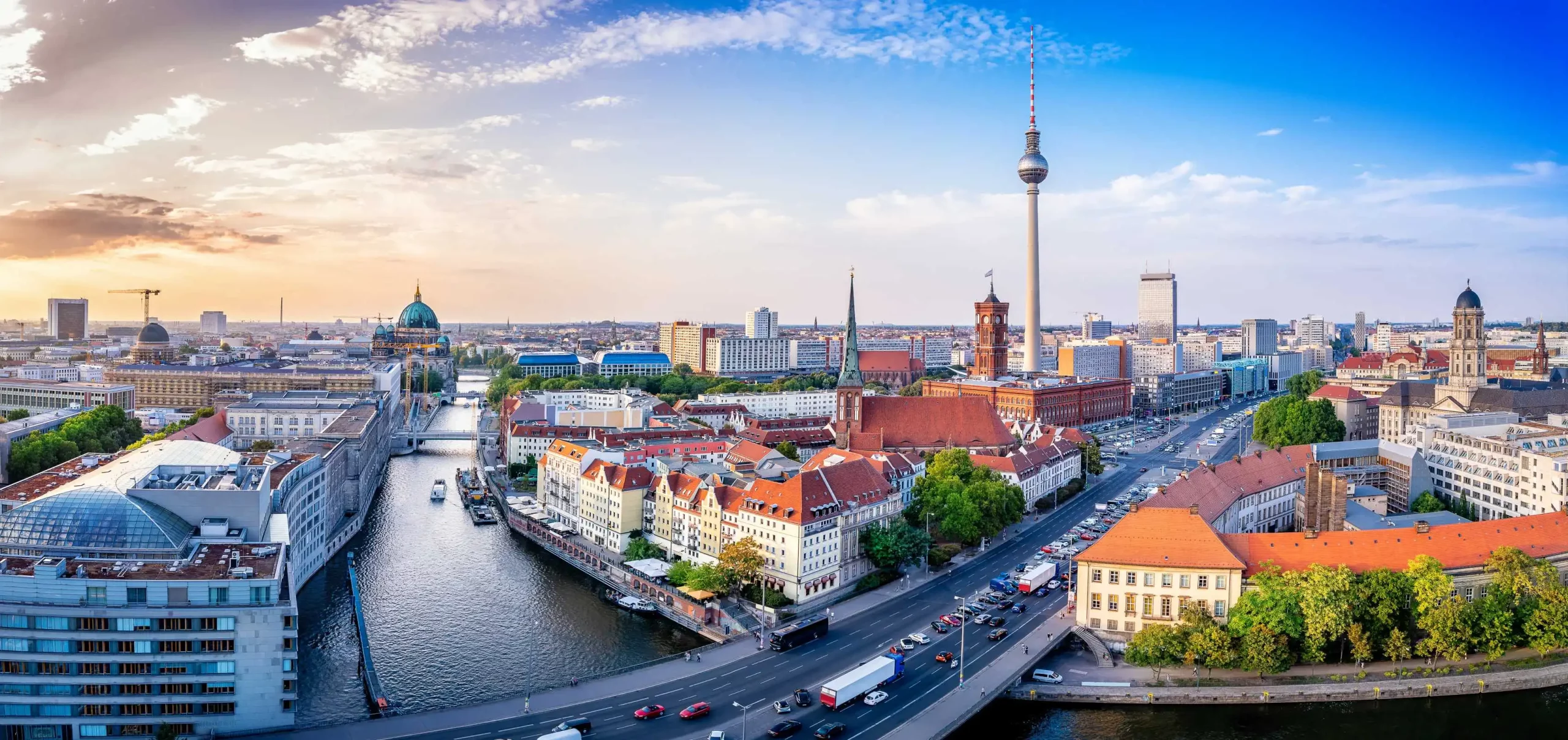With the large population in the country and the rapidly increasing internet usage, the e-commerce volume in Russia has seen significant growth. Consumers, especially in major cities, tend to acquire various products and services through online platforms. Popular e-commerce sites and digital marketplaces operating in Russia not only offer a wide range of products to consumers but also provide secure payment options and effective logistics services. In this context, the e-commerce volume in Russia has gained increasing momentum, presenting opportunities for businesses to establish a presence on online platforms. However, in a competitive market environment, it is crucial for businesses to adopt a strategic approach by focusing on local demand and consumer habits.
According to the 2023 Russia Federation Report by the Ministry of Trade, with a gross domestic product of $2.2 trillion, the Russian economy is a strong candidate to be among the world’s top 10 largest economies.
“High levels of current account surplus and foreign exchange reserves, along with a relatively low external debt ratio, constitute the strong areas of the country’s economy. In terms of economic growth, the economic contraction due to the negative impacts of the COVID-19 pandemic in 2020 was limited to 2.7%, which was below expectations, while a record growth performance of 4.7% was recorded in 2021. However, due to the extensive sanctions imposed as a result of recent geopolitical developments, the country’s economy contracted by 2.1% in 2022.”
E-commerce Volume in Russia
As in the rest of the world, COVID-19 significantly changed consumer shopping habits in Russia, contributing to the growth of the e-commerce sector. According to the 2023 Russia Federation Report by the Ministry of Trade, the share of online shopping in retail sales in Russia was 9.2% in 2021, but it increased by 37% in 2022, reaching $72.9 billion.
A total of 75 million Russian citizens shopped through e-commerce platforms, with 96% of these transactions occurring on domestic e-commerce sites. The leading product categories in online sales in 2022 included digital and home appliances (21.2%), furniture and home goods (18%), clothing and footwear (14.8%), and food and meal services (13.6%).
When we look at the regions that stand out in e-commerce sales across Russia, Moscow (19.6%), Moscow Region (10.8%), St. Petersburg (7.1%), and Krasnodar Region (4.7%) are prominent.

Turkey’s Export Volume to Russia
According to the 2023 TİM Export Report, Russia ranks 9th among the top 20 countries to which Turkey exports the most. Moreover, Russia stands out as the country with the highest increase in exports among these top 20 countries, with a growth rate of 38.2%.
You can easily access the Russian market and reach a broad customer base by engaging in e-export from Turkey to Russia. There are many advantages to e-exporting to Russia, but these benefits can vary depending on the characteristics and strategies of your business.
The general advantages of e-exporting to Russia are as follows:
- Broad Market: Russia is one of the largest countries globally and has a vast consumer market. E-export is an effective way to leverage this extensive market.
- Growth Potential: Economic growth and the increase in consumer spending in Russia can enhance your business’s growth potential through e-export.
- Digitalization and Technological Infrastructure: Internet usage in Russia is steadily increasing. The trends in internet and digitalization support the effective implementation of e-export.
- Increase in Internet Usage: The rising internet usage among Russian consumers has boosted the demand for online shopping. E-export can be a way to capitalize on these online shopping trends.
- E-commerce Platforms: Popular e-commerce platforms and online marketplaces in Russia enable businesses to reach a wide audience with their products and services.
- Reduced Operational Costs: Compared to traditional trade methods, e-export can reduce operational costs. The expenses associated with opening and maintaining physical stores can be significantly reduced.
- Working with Local Partners and Distributors: E-export allows for easier collaboration with local partners and distributors, helping you establish a more effective presence in the local market.
- Fast and Efficient Distribution: E-export enables quick delivery of your products to consumers. With proper logistics planning, you can offer fast and reliable delivery to customers.
- Market Diversification: E-exporting to Russia can help diversify your business’s markets, reducing dependency on specific geographic regions.
- Overcoming Trade Barriers: E-export can be a way to overcome traditional trade barriers. By adapting to different cultures, languages, and business practices, you can expand your trade.

What are the most exported products from Turkey to Russia?
If you don’t currently sell your products, it is important to conduct a market analysis before exporting, considering the latest trade data and import demands in Russia. According to the United Nations COMTRADE international trade database, Russia’s imports from Turkey amounted to 6.51 billion USD in 2021, increasing to 9 billion USD in 2022.
The products exported from Turkey to Russia with an import turnover of over 100 million USD are as follows. For a detailed review, you can visit the Trading Economics page.
| Machinery, nuclear reactors, boilers | 984.26 million dollars |
| Vehicles other than railway or tramway vehicles | 541.63 million dollars |
| Knit or crochet clothing items | 326.80 million dollars |
| Electrical, electronic equipment | 285.04 million dollars |
| Non-knit or non-crochet clothing items | 282.41 million dollars |
| Plastics | 278.29 million dollars |
| Fish, crustaceans, mollusks, and other aquatic invertebrates | 229.24 million dollars |
| Articles of iron or steel | 214.26 million dollars |
| Edible vegetables and certain roots and tubers | 194.14 million dollars |
| Ships, boats, and other floating structures | 189.53 million dollars |
Key e-commerce categories in the Russian market?
The e-commerce market in Russia offers a wide range of products across various categories. These categories include the popular segments where consumers prefer to shop online. These categories reflect the product segments most favored by consumers in Russia when shopping online. However, the preferred categories may change over time depending on market dynamics. Therefore, it is important for businesses to carefully monitor trends and consumer demands in the Russian market.
The top-selling product categories in e-commerce in Russia are as follows:
- Technology and electronics
- Fashion and clothing
- Home and garden products
- Food and beverages
- Cosmetics and personal care
- Toys and hobby products
- Sports and fitness products
- Books and educational materials
- Home electronics
- Automotive and accessories
- Jewelry and watches

What are the most preferred e-commerce marketplaces in Russia?
If you want to do e-export to Russia, you can showcase your products on the most visited e-commerce marketplaces in Russia. According to Similarweb data for October 2023, the top 5 most preferred e-commerce marketplaces in Russia are as follows:
- ozon.ru
- wildberries.ru
- avito.ru
- market.yandex.ru
- dns-shop.ru
What are the conditions for Micro Export to Russia?
Micro export is generally the process by which small and medium-sized enterprises (SMEs) sell a limited amount of products or services abroad. This type of export typically involves transactions that occur well below traditional trade volumes. In Turkey, micro export often includes small-scale trade agreements made through the internet and digital platforms. Micro export usually occurs via e-commerce platforms, online marketplaces, or social media channels. This allows small businesses to enter international markets with low costs. In micro export, small quantities of products or services are typically sent to international customers, making it easier for businesses to start with low-volume shipments and take their first steps into foreign markets.
For small-scale shipments, micro export is a very cost-effective and logical export model. Businesses that want to engage in e-export to Russia can sell under the conditions of micro export. Micro export to Russia can be conducted without paying VAT if the product price is below 15,000 Euros and the weight is under 300 kilograms. This can be done using the ETGB (Electronic Commerce Customs Declaration) system. The ETGB system is used for customs procedures of cargo shipments made via air and road and facilitates the process electronically.
What are the tax conditions for e-export to Russia?
There are many government incentives provided by the Ministry of Trade under the scope of e-export promotion. These include company acquisition support, unit support, brand registration and protection support, travel support, report support, document support, advertising and promotion support, fair support, and digital activities support. You can find more information about e-export supports in our country here.
One of the e-export incentives is tax exemption. For invoices you create for your overseas sales up to 30 Euros, you can prepare your invoice with a VAT rate of zero percent.

Where should you start to do e-export to Russia?
If you want to do e-export to Russia, it is important to carefully plan and execute this process. The steps you can follow to start e-exporting to Russia are as follows:
Market Research and Target Setting: Conduct detailed market research to understand the Russian market and consumer demands. Determine which products or services you plan to offer in the Russian market and identify your target audience.
Understanding Legal and Tax Regulations: Seek assistance from legal advisors to understand Russia’s foreign trade regulations and local legal requirements. Familiarize yourself with customs procedures, tax regulations, and other legal processes.
Assessing Product or Service Suitability for Russia: Identify products and services that are in demand in Russia. Plan necessary customizations to make your products suitable for the Russian market.
Selecting an E-Commerce Platform and Website: Research and choose e-commerce platforms widely used in Russia. Create a website that supports the Russian language and appeals to Russian customers.
Establishing a Reliable Logistics and Distribution Network: Partner with a reliable logistics company to plan product delivery processes. Given Russia’s vast geography, it’s important to establish an effective distribution network.
Payment Systems and Financial Transactions: Support payment systems commonly used in Russia. Facilitate financial transactions by using secure online payment systems.
Customer Service and Support: Develop effective customer service strategies tailored to Russian customers. Employ Russian-speaking customer service representatives or use language translation services.
Marketing and Promotion: Develop digital marketing strategies for Russia. Effectively use social media, search engine optimization (SEO), and other digital channels.
Staying Updated and Working with Local Partners: Keep track of economic and political changes in Russia. Work with local partners and distributors to stay informed about current developments in the local market.
Customs Declarations and Export Documents: Prepare customs declarations and other export documents completely and accurately. Be knowledgeable about customs procedures.
Security and Data Protection: Implement security measures to protect customer information and financial data. Apply security protocols such as SSL certificates.
Carefully planning and executing each step contributes to the successful execution of e-export to Russia. Additionally, it is important to adapt to local regulations and cultural differences. As we mentioned in our article, there are certain considerations you need to take into account when conducting e-export to Russia. Compliance with local legal regulations, customs procedures, payment security, and logistics are crucial factors for a healthy e-export process. If you are considering e-export to Russia, feel free to contact us for our technologically advanced end-to-end e-export services at fiCommerce.
For more information on e-export, you can also check out our articles about e-export.





